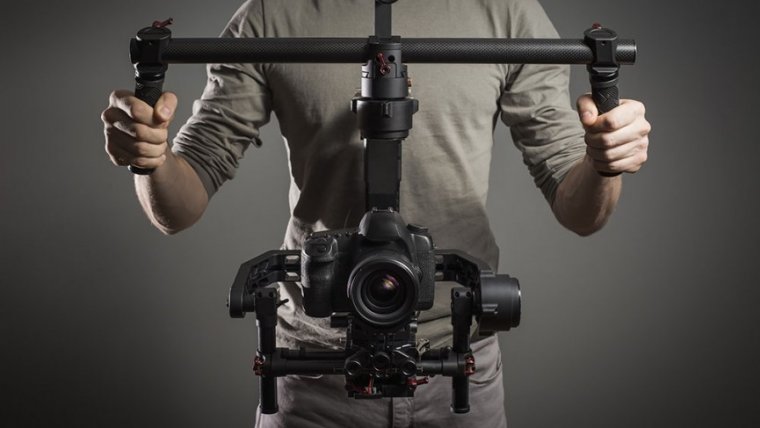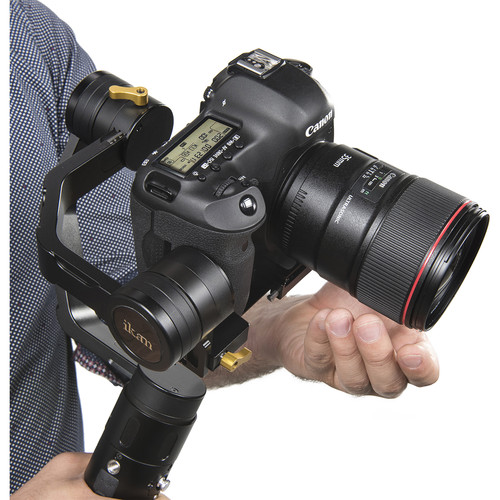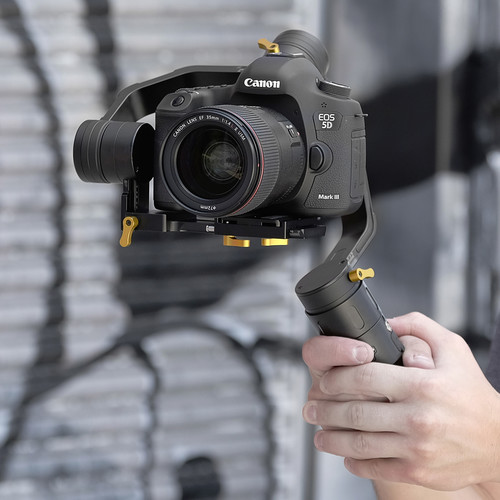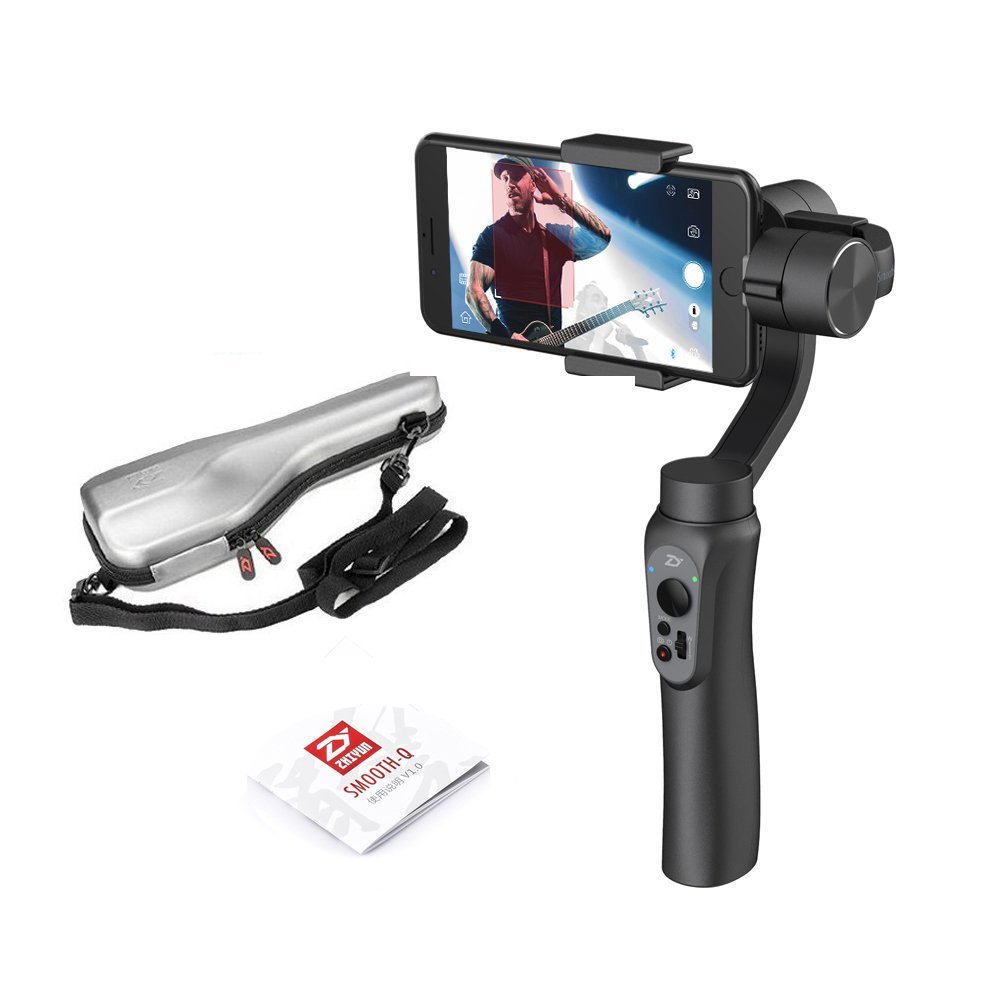
As photography and videography grow we see the rise of new and useful tools to assist us in making our jobs a lot easier. In today’s article, we will be leaning more to the videography side of things and not so much on the photography side. Like photography, videography requires some skill in terms of getting a smooth video or the right clip for that matter. This is something often learned as you go and not acquired overnight unless you’re a genius like myself, just kidding. However, on your journey to becoming a great videographer, you will find where you can’t do it all alone and may need to invest in some pretty pricey equipment to improve your work. One of those tools that will be discussed today is a Gimbal. Those of you who are new to videography might just be wondering what a Gimbal is and if you need one. Well, for the most part, a Gimbal is a tool used to stabilize video for less shake and smoother video transitions. It uses some simple technology which basically balances and counteract the weight of your camera so you keep a steady shot. As to if you need it or not? That’s a question you might just have to answer yourself. Some of us are blessed with steady hands and others not so steady hands. The pros and cons of this tool should help you decide whether or not you’d like to make the investment in this piece of equipment.
Table of Contents
Most if not all Gimbals are used to achieve basically the same thing, and this is to get amazingly smooth video. Capture video can often be such a fragile task because the editing may be a bit more complicated than photographers who can just fix stuff in post-production. Each step and action is being recorded and cannot be undone unless you plan to shoot the clip all over again which can be a tedious task. Therefore the Gimbal works in minimizing any shakes that may have been visible on video. It also aids in the videographer in their movements. The Videographer now has the option to walk or run at any pace they see fit without compromising the stability of the video at hand. It all sounds pretty amazing because well, it is and you will more than likely be blown away by the results you receive.

Sadly this buttery smooth advantage comes with a bit of a baggage, literally. Most if not all of these Gimbals are made out of pure metal so you will find where you have difficulty traveling with it. Gimbals are not the most space friendly equipment out there so there’s a great chance you can’t just stuff it your camera bag or backpack and then be on the go. There is usually a hardcover casing about the size of a carry on bag which holds and protect the gimbal. Now, Imagine hauling that thing around to last minute shoot or the additional hassle it takes to travel with it. It generally weighs about 4-6 lbs in its casing and might probably dislocate your shoulder. However, if you’re used to traveling around with this kind of luggage then, by all means, this shouldn’t be a problem. If you’re like me and enjoy traveling light with just your camera essentials then this might be a bit of a headache for you.

Gimbals work according to the current weight of what it’s holding up so it can keep balance regardless of what position it’s in. This might pose a problem however if you plan to switch out lenses often. For example, if you want to switch over your lens to capture a wider shot of a wedding, you would then have to switch the lens and then recalibrate to the gimbal. This can take a considerable amount of time to get done and as a result, you may find yourself missing key shots that were important to your client. If you have a lens that can overall get the job done with both wide and close up a shot with no need to swap out lenses, this should not pose a problem at all. However, if you’re like me and have a different lens for everything, then you might find yourself getting annoyed.
Not all Gimbals can handle your general Canon or Nikon DSLR camera. Before purchasing a gimbal, be sure to take a look at the maximum weight it can withstand. If you have a Mirrorless Camera like a Sony A7 then you will find where your camera is almost ideal for any gimbal. However, a Canon 1DX or any other camera at relatively that size pose a problem so be sure you gimbal and camera weight is in agreeance before purchasing. If you have multiple cameras then this also limits camera you can use on your gimbal.

This was a pretty fun article and I hope you make the right choice depending on your needs in equipment. Thank you for stopping by!
Comments (0)
There are no comments yet.